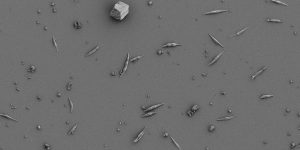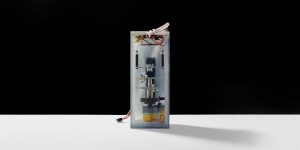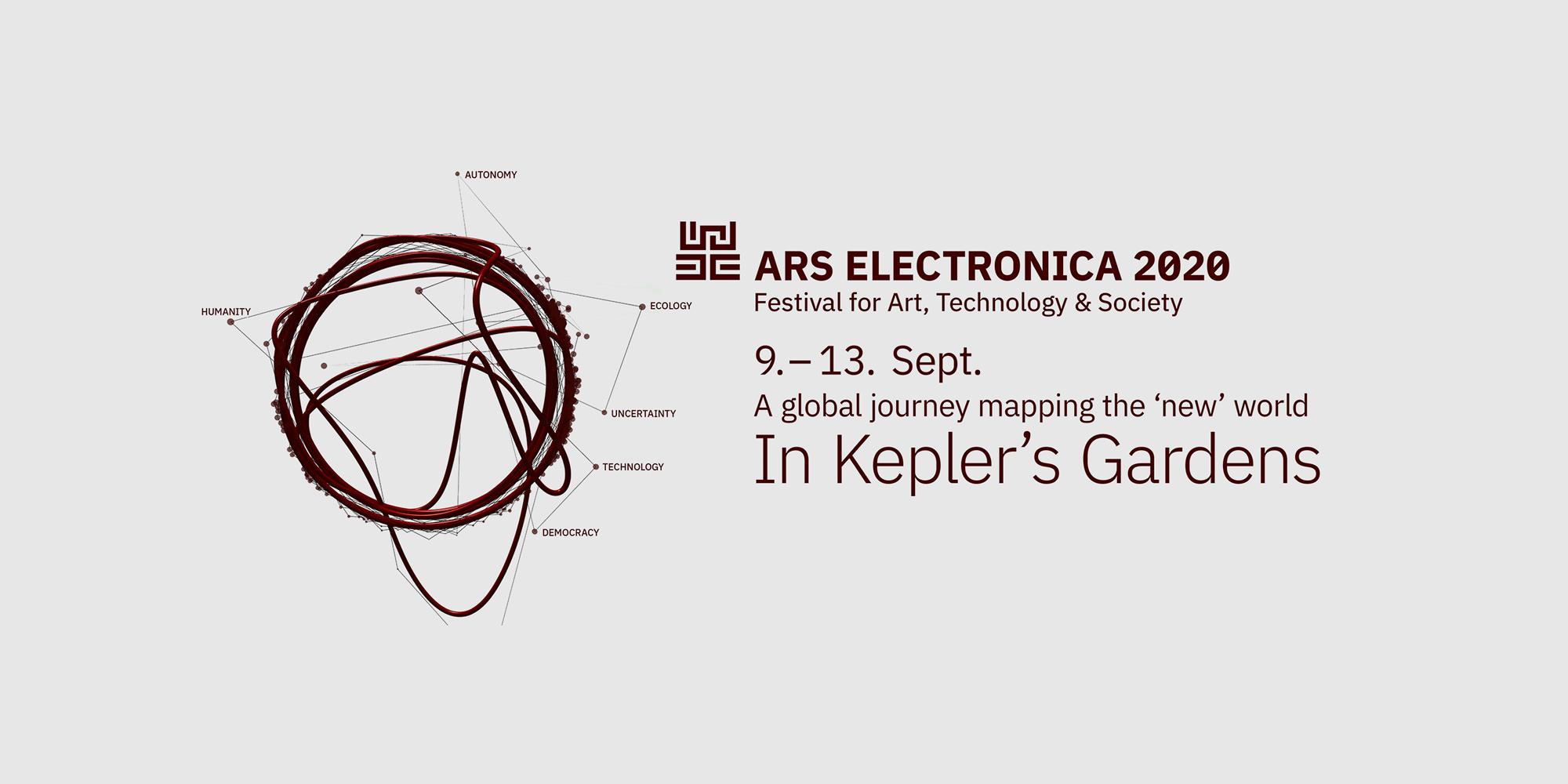space-earth-water

Live Guided Tour to the Omora Park in Puerto Williams
Claudia Müller, Matías Labbé
The Omora program contains researchers and environmental philosophers who have developed the Sub- Antarctic Biocultural Conservation Program, a methodology work divided into three areas.

On Art & Science Translations: From Natural Phenomena to Data Visualization
rancisco Aguirre, Ángeles Estévez, Inti Gonzalez, Matías Labbé, Claudia Müller, Jazmín Adler
In this round table, the authors of HEXA project discuss with glaciologists some ideas, challenges and methods involved in the translation of scientific data regarding Schiaparelli Glacier into visual and sound representations. The conversation focuses on how HEXA explores mathematical behaviours in nature from the convergence between artistic imaginaries and scientific research.

WATER (Hexa)
Claudia Müller & Matías Labbé (CL)
This axis exhibits a project developed by artists Claudia Müller and Matías Labbé, with glaciologist Francisco Aguirre and biologist Héctor Ortiz. Through images and sound, Hexa materializes a selection of data related to the retreat of the Schiaparelli Glacier, located in the Magallanes Region, such as fluctuations in energy, changes in water level, and speed of the ice flow.

Turbulent Flow: Chaos Theory and Camanchaca´s Behavior in Atacama Desert
Mauricio Lacrampette, Alejandro Jofré, Jazmín Adler
Nebula project, the chaotic inner geometry of camanchaca´s water droplets in motion unfolds a thorough investigation on mathematical notions, which may explain natural behaviours such as the dynamic of this very particular coastal fog.

Site specific performance in Alto Patache
Mauricio Lacrampette (CL), Sebastian Arriagada (CL)
We are taking advantage of the coincidence of the festival’s date with one of the best times of the year for observing camanchaca in abundance, to show the KMNCHK ScanLab functioning on-site and the multiple artefacts spread upon this particular landscape, used to monitor and harvest the cloud, such as weather stations, fog catchers and scientific settlements.

EARTH (Nebula)
Mauricio Lacrampette (CL), Sebastián Arriagada (CL)
This axis is represented by KMNCHK ScanLab, a landscape laboratory directed by Mauricio Lacrampette dedicated to exploring the camanchaca: a characteristic coastal fog of the northern dry region of Chile. The project presents fog-scans where the motile traces of water droplets become manifest, visualizing air turbulence and unveiling the dynamic, chaotic and ever-changing inner geometry of the cloud.

Life in Space: Philosophical Perspectives for the Future of (Para)Humanity
Roberto Campos, Gonzalo Díaz Letelier, Luis Guzmán, Jazmín Adler
This round table discussion highlights philosophical concepts and theories referred to life in space, simbiopolitics, ontological migration, and the envision of the new world to come.

Space Exploration at the Crossroads of Art and Astronomy
Marcos Díaz, Luis Guzmán, Nicole L`Huillier, Jazmín Adler
Space exploration, life in the Universe and the encounter with the unknown raise thought-provoking questions for both artistic and scientific fields. Throughout this conversation, artists Luis Guzmán and Nicole L´Huillier talk with scientist Marcos Díaz about the significance of fiction, speculation, hypothesis and error in their own work.

SPACE (Cosmoecology)
Luis Guzmán (CL)
This axis presents an art and science project by Luis Guzmán which consists of taking Phaeodactylum tricornutum diatoms (microalgae) to the International Space Station and subjecting them to Martian microgravity and zero gravity. The project has been part of Sojourner 2020 (MIT), the first ultraterrestrial museum of post- human art. In PRISMA´s garden, the artist presents the outcomes of his research after the Sojourner experience.


